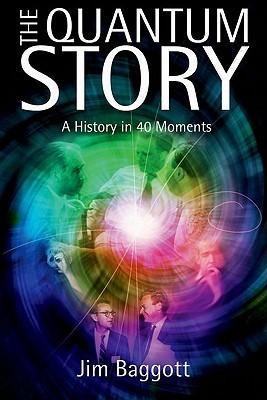
This is the subsequent entry in my series focused on introductory literature regarding the history of mathematics. From one perspective, the series commenced nearly eight years ago when I authored a brief but highly critical review of the book that first introduced me to mathematical history, Eric Temple Bell’s *Men of Mathematics*. Recently, several weeks ago, I penned an extremely extensive two-part thorough critique of Kate Kitagawa & Timothy Revell’s *The Secret Lives of Numbers*: *A Global History of Mathematics & Its Unsung Trailblazers.* Here & here. Following this, I received inquiries on social media about what I would recommend next. Consequently, I assembled a collective review of the history of mathematics books I am familiar with and endorse, alongside some that are currently leading the market and generally well-received. In the comments section of that post, Fernando Q. Gouvêa suggested a book he co-authored with William P. Berlinghoff, *Math Through the Ages*: *A Gentle History for Teachers and Others*, which came highly endorsed by Glen Van Brummelen, whose excellent books regarding the history of trigonometry I reviewed here. I subsequently acquired Gouvêa-Berlinghoff’s *Math Through the Ages* and reviewed it as well. Within my collective review, I noted Snezana Lawrence’s *A Little History of Mathematics* (Yale University Press, 2025), which at the time had not yet been released. It has since been published, and I now possess a copy that I have read, and what follows are my reflections on it.
This is certainly not a scholarly publication; it lacks footnotes, endnotes, or a bibliography, and is evidently aimed at the general curious reader. The book comprises forty self-contained essays that explore various facets of the history of mathematics in roughly chronological sequence. With only two hundred and eighty pages, the average length of each essay is seven pages. These are independent vignettes with rare cross references in the form of “see Chapter X.” Lawrence encompasses most of the typical major themes but places a slight emphasis on women in mathematics.
Interestingly, it begins with a chapter where Lawrence probes the essence of mathematics and what constitutes a mathematical object, leading to a brief exploration of the Ishango bone. This is followed by a lamentably insufficient presentation of Babylonian mathematics, focusing on the tables of calculated values to assist in arithmetic. We gain no insight into the sophisticated and advanced mathematical culture the Babylonians cultivated for their time. However, what can one expect in seven pages? Naturally, Egypt follows Babylon, featuring a reasonably concise account of the Papyrus Rhind. Next, we transition to Greece and an admirably sensible narrative on the Pythagoreans evolving into discussions about Plato and the Platonic solids. We remain in Ancient Greece to discuss mathematics’ perennial bestseller, *The Elements of Euclid*. Shifting to China, we explore *The Nine Chapters on the Mathematical Art*, which highlights the divergences between the Chinese methodology and that of Euclid. The chapter concludes with the accurate observation that Western and Chinese mathematics developed largely independently of one another.
We return to the West during late antiquity, focusing on Diophantus and his number theory. This enables our author to introduce her first female mathematician, Hypatia, who is said to have penned a commentary on Diophantus. The portrayal of Hypatia is quite balanced and reasonable. We then revisit Asia for a relatively standard account of zero’s introduction as a number in early medieval India.
Next, we venture to Baghdad, where the typical enthusiasm surrounding the House of Wisdom unfolds, leading to a discussion on al-Khwārizmī’s contributions. Notably, while addressing his method for completing the square in quadratic equations, Lawrence points out that the Babylonians had already mastered this technique. Before leaving Baghdad, she also briefly presents the works of al-Kindi and al-Karaji. We head back to medieval Europe for a succinct overview of the translation movement, which reintroduced Greek and presented Arabic mathematics into Europe. We receive a brief description of Adelard of Bath’s contributions and a somewhat more extensive account of Fibonacci.
The following chapter is distinctive for an introductory work on the history of mathematics, featuring both Levi ben Gerson, referred to as Gersonides, and Nicole Oresme during the European Middle Ages. Back in Europe, we are introduced to the discovery of linear perspective, with succinct accounts of the contributions from Brunelleschi, Alberti, Uccello, della Francesca, concluding with Luca Pacioli. Established during the Renaissance, an entire chapter is dedicated to Tartaglia, Cardano, and the general solution to the cubic equation. Lawrence’s portrayal of Cardano’s intriguing biography is slightly off. She mentions that he was refused membership in the College of Surgeons due to his unruly conduct but does not indicate that the primary reason for the rejection was his illegitimacy.